Impact Factor : 0.548
- NLM ID: 101723284
- OCoLC: 999826537
- LCCN: 2017202541
Burkhard Aschhoff* and Wassil Nowicky
Received: August 07, 2017; Published: August 28, 2017
Corresponding author: Burkhard Aschhoff, Nowicky Pharma & Ukrainian Anti-Cancer Institute, Margaretenstr, 7, A-1040 Vienna, Austria
DOI: 10.26717/BJSTR.2017.01.000302
Figure 1:Daniel in kindergarten already with clear hyperpigmentation and sunglasses against the light.
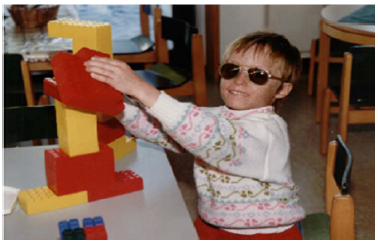
Figure 2:The hyperpigmentation can also be seen here.
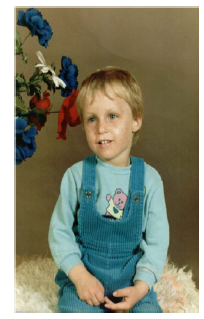
Daniel was a case of Xeroderma pigmentosum, which was confirmed by genetic examinations at the University of Tübingen. The skin of patients which is exposed to light develops malignant tumors as a result of the light rays because the skin is not able to render the UV light harmless. As Daniel was between the ages of 6 and 16 a total of 56 partly disfiguring operations were necessary, especially on the face. He had already had all forms of skin cancer from the relatively harmless basal cell carcinoma to malignant melanoma and it is almost a miracle that these tumors had not already killed him. It should be borne in mind that the life expectancy of these patients is only 16 years of age and Daniel, who is in the meantime over 27 years-old, has fortunately lived considerably longer (Figures 1-4).
Figure 3:Multiple skin tumours can be seen.
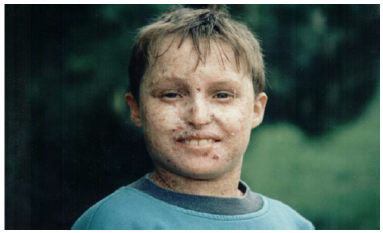
Figure 4:There is a malignant melanoma under his left eye.
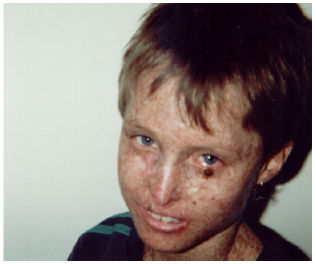
When Daniel was 16 years-old, on 27.08.2001 to be exact, Daniel’s parents came with him to me asking about possible therapy with the preparation Ukrain® (an alkaloid derivative from Chelidonium majus L. (greater celandine)). They had heard about the impressive results I had achieved with cancer patients. I began with treatment on 27.08.2001. However, at the time I did not know whether this treatment could fulfill the expectations attached to it. The aim of therapy was to prevent the formation of new malignant tumors. Nevertheless I regarded this treatment as indicated particularly because it has hardly any side-effects.
The therapy plan was and is administered as follows: an infusion with 250 ml glucose 5% was given once a week. I add 7.5 g vitamin C to the infusion and allow this infusion solution to infuse up to half, then 4 ampoules (i.e. 20 mg) Ukrain® are added and infused until the end. I observed that from the beginning of treatment that basically no further tumors formed. Over the last 11 years I have performed on average one smaller excision per year, which were found to be semi-malignant tumors. Only in 2010 did I remove two small tumors, which were malignant melanomas, from the skin in the region of the right knee. An examination of the sentinel lymph node showed that no metastases were present and no relapses or lymphomas have been observed now. The tests during treatment were first carried out at Fachklinik Hornheide and later at the University of Tübingen. It has been demonstrated that this treatment of the young man has been highly effective in preventing further malignant tumors as well as preventing the spread of metastases. In addition, over the period of 11 years the number of skin tumors requiring treatment has been reduced to 1 per year and not 6 or 7 per year as it was previously; furthermore they were mostly banal tumors or malignant tumors without further consequences which had to be removed (Figures 5-9).
Figure 5:Daniel after a big transplant operation.
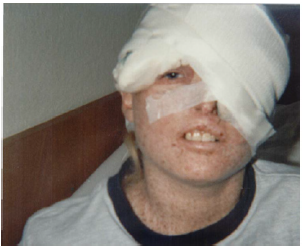
Figure 6:The result of the transplantation.
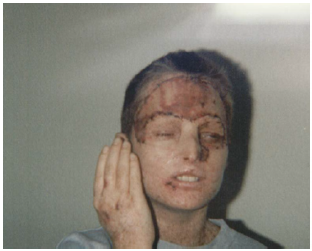
Figure 7:Another surgical intervention.

Figure 8:After taking the transplant tissue.
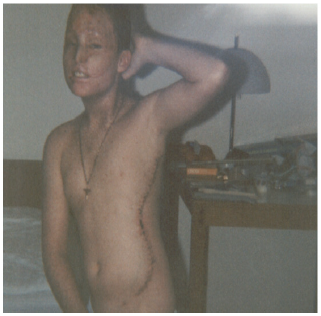
Figure 9:Daniel, January 2012.
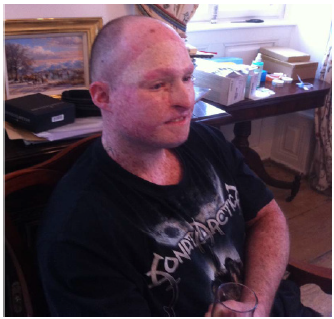
No side-effects have yet appeared as a result of treatment with Ukrain®. The regular laboratory tests carried out during treatment showed no changes in the blood count nor changes in liver, kidney, pancreas and other metabolic levels. I was also able to demonstrate and confirm this with other documented case reports. The young patient works regularly, primarily on the night shift. Because Xeroderma pigmentosum is a very rare disease, which is said to affect one in a million of the population, scientific studies cannot be carried out on this particular aspect.
However, it should also be taken into consideration that case reports like this one also present scientific evidence. I have so far published several articles on this case. In conclusion it can be stated that treatment with Ukrain® is highly effective and as a result it was possible to suppress or prevent the formation of new malignant skin tumors. Because apart from avoiding exposure to light (protective skin cream which the patient regularly uses and/or a helmet that protects against the light, which the patient refuses to wear and never uses) there are no other prophylactics against malignant tumor diseases caused by sunlight, treatment with Ukrain® must be classified as currently the only effective preventative medicine.


